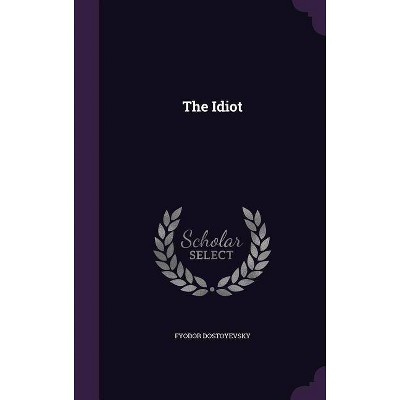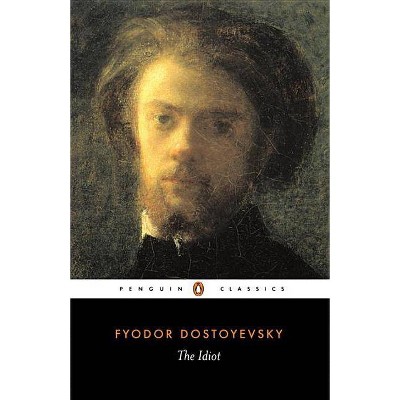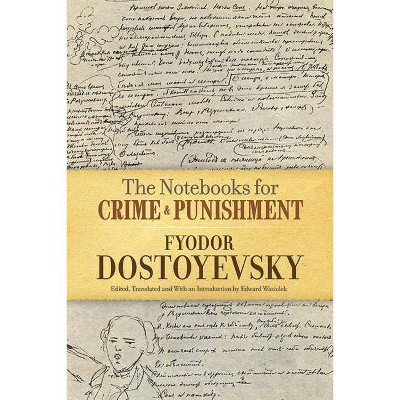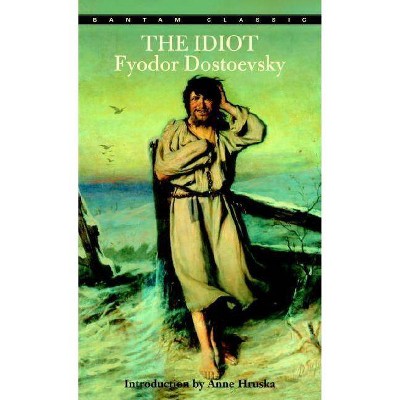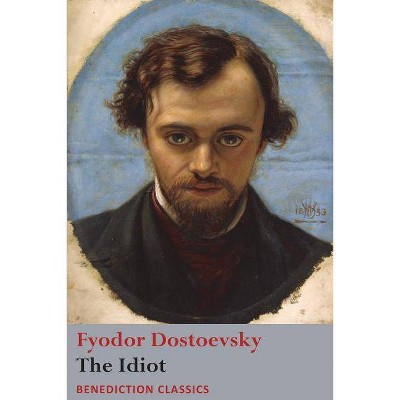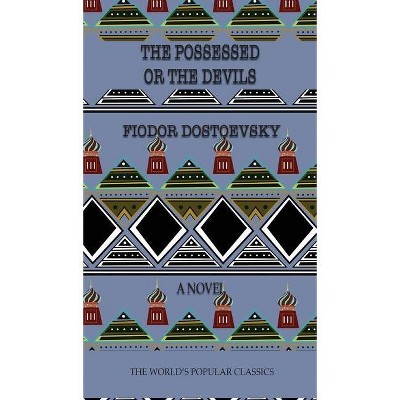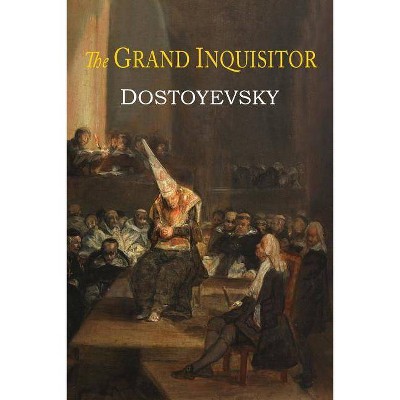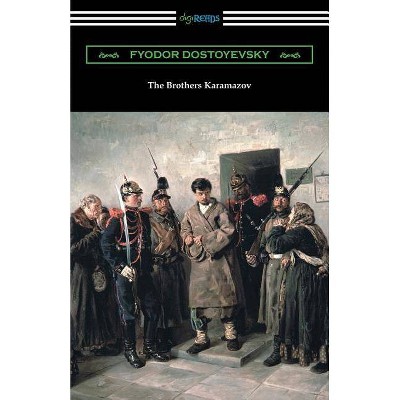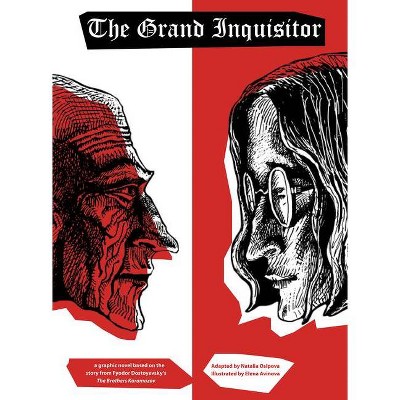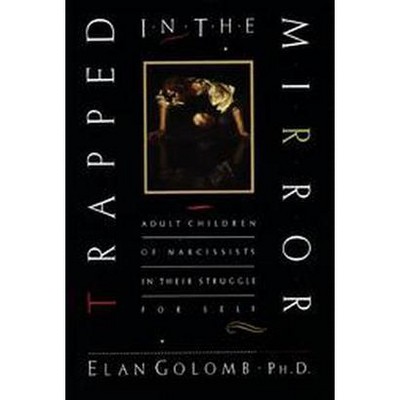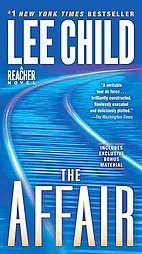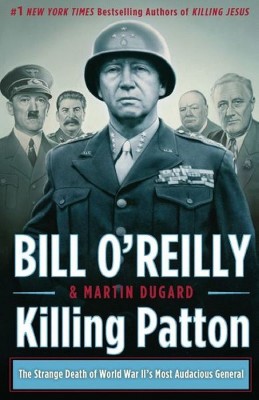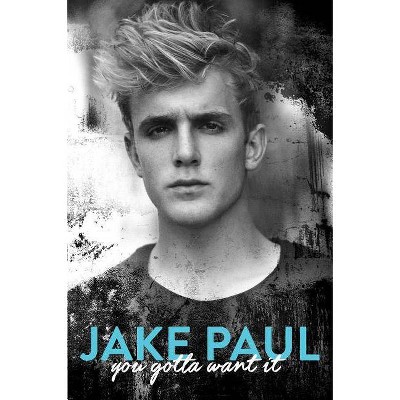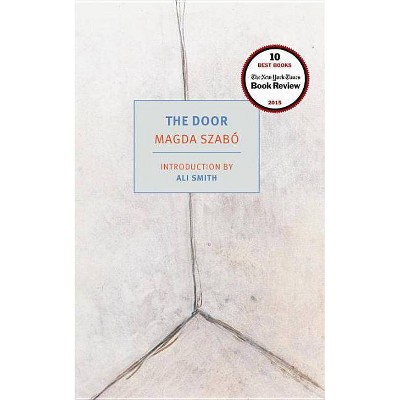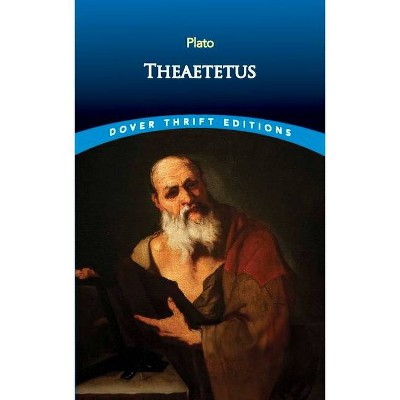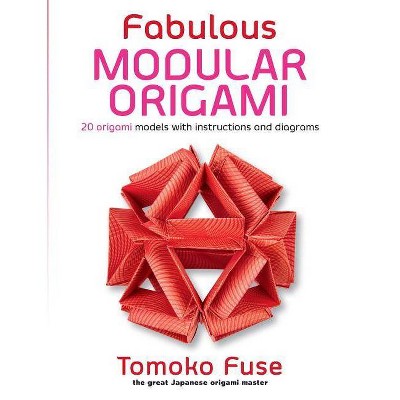The Notebooks for the Idiot - by Fyodor Dostoyevsky (Paperback)
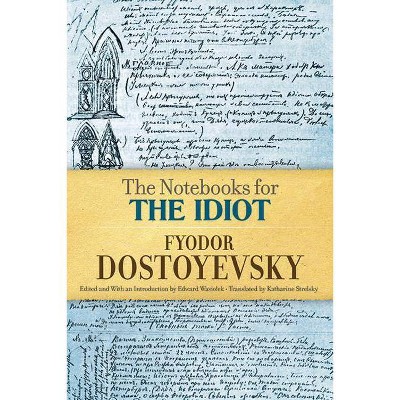
Similar Products
Products of same category from the store
AllProduct info
<p/><br></br><p><b> About the Book </b></p></br></br>"The central idea of The Idiot, according to its author, was "to depict a completely beautiful human being." More prosaically, the novel was intended to shore up Dostoyevsky's professional and financial state. The portrait of Prince Myshkin, a holy fool, was created in desperation amidst the squalid poverty engendered by the Russian writer's compulsive gambling. Dostoyevsky's entire future depended on the success of his next novel, which began as one story and ended as quite another. After publishing the first part of The Idiot in The Russian Messenger, Dostoyevsky had no idea how to continue the story. The second part, in fact, is a quitedifferent novel. The author's notebooks reveal at least eight plans for the tale, with numerous variations on each plan. A unique document of the creative process, this volume is illustrated by facsimiles of original pages from the notebooks, offering a rich source of information about the development of Dostoyevsky's enigmatic novel"--<p/><br></br><p><b> Book Synopsis </b></p></br></br>"This is an invaluable aid to the understanding not only of the finished work of art, but also of Dostoyevsky's strangely tortured yet confident creative process." -- <i>Modern Fiction Studies.<br></i>"Superbly edited by Edward Wasiolek and well translated (despite difficult problems of rendering) by Katharine Strelsky." ― <i>The New York Times Book Review.<br></i>The central idea of <i>The Idiot, </i>according to its author, was "to depict a completely beautiful human being." More prosaically, the novel was intended to shore up Dostoyevsky's professional and financial state. The portrait of Prince Myshkin, a holy fool, was created in desperation amidst the squalid poverty engendered by the Russian writer's compulsive gambling. Dostoyevsky's entire future depended on the success of his next novel, which began as one story and ended as quite another. <br>After publishing the first part of <i>The Idiot</i> in <i>The Russian Messenger, </i> Dostoyevsky had no idea how to continue the story. The second part, in fact, is a quite different novel. The author's notebooks reveal at least eight plans for the tale, with numerous variations on each plan. A unique document of the creative process, this volume is illustrated by facsimiles of original pages from the notebooks, offering a rich source of information about the development of Dostoyevsky's enigmatic novel.<p/><br></br><p><b> From the Back Cover </b></p></br></br><p>"This is an invaluable aid to the understanding not only of the finished work of art, but also of Dostoyevsky's strangely tortured yet confident creative process."--<i>Modern Fiction Studies.<br></i>"Superbly edited by Edward Wasiolek and well translated (despite difficult problems of rendering) by Katharine Strelsky."―<i>The New York Times Book Review.<br></i>The central idea of <i>The Idiot, </i>according to its author, was "to depict a completely beautiful human being." More prosaically, the novel was intended to shore up Dostoyevsky's professional and financial state. The portrait of Prince Myshkin, a holy fool, was created in desperation amidst the squalid poverty engendered by the Russian writer's compulsive gambling. Dostoyevsky's entire future depended on the success of his next novel, which began as one story and ended as quite another. <br>After publishing the first part of <i>The Idiot</i> in <i>The Russian Messenger, </i> Dostoyevsky had no idea how to continue the story. The second part, in fact, is a quite different novel. The author's notebooks reveal at least eight plans for the tale, with numerous variations on each plan. A unique document of the creative process, this volume is illustrated by facsimiles of original pages from the notebooks, offering a rich source of information about the development of Dostoyevsky's enigmatic novel.<br><b>www.doverpublications.com</b></p><p/><br></br><p><b> About the Author </b></p></br></br>With his sympathetic portrayals of the downtrodden of 19th-century Russian society, Fyodor Dostoyevsky (1821-1881) exercised immense influence on modern writers. His novels featured profound philosophical and psychological insights that anticipated the development of psychoanalysis and existentialism. Translator and editor Edward Wasiolek is the Avalon Foundation Distinguished Service Professor of Slavic and Comparative Literature and Chairman of the Committee on Comparative Studies in Literature at the University of Chicago. <br>Editor, translator, and researcher Katharine Anderson Strelsky published numerous translations of works in French, Italian, and Russian and co-edited Alexandra Tolstoy's autobiography, <i>Out of the Past.</i>
Price History
Cheapest price in the interval: 14.99 on March 10, 2021
Most expensive price in the interval: 14.99 on December 20, 2021
Price Archive shows prices from various stores, lets you see history and find the cheapest. There is no actual sale on the website. For all support, inquiry and suggestion messages communication@pricearchive.us
